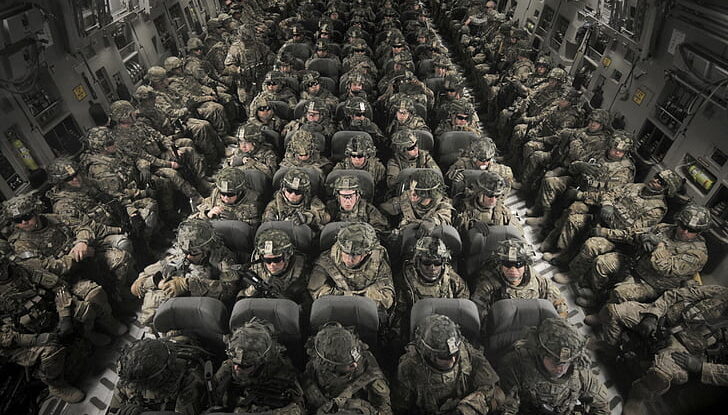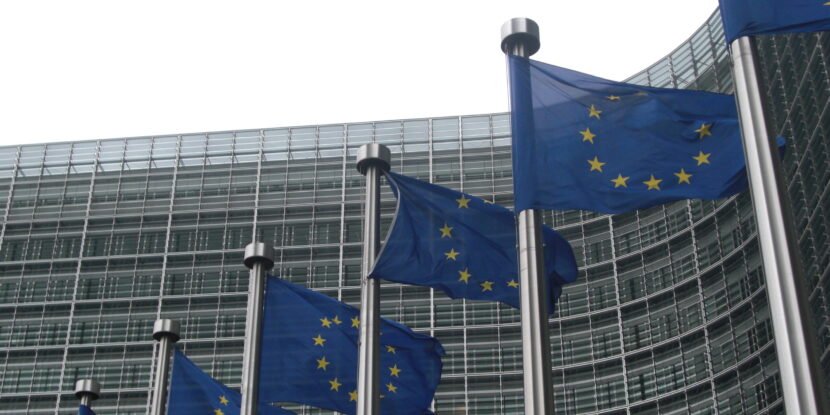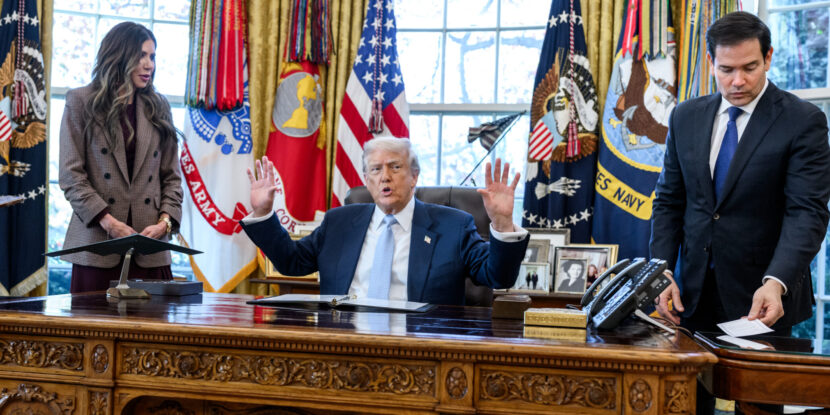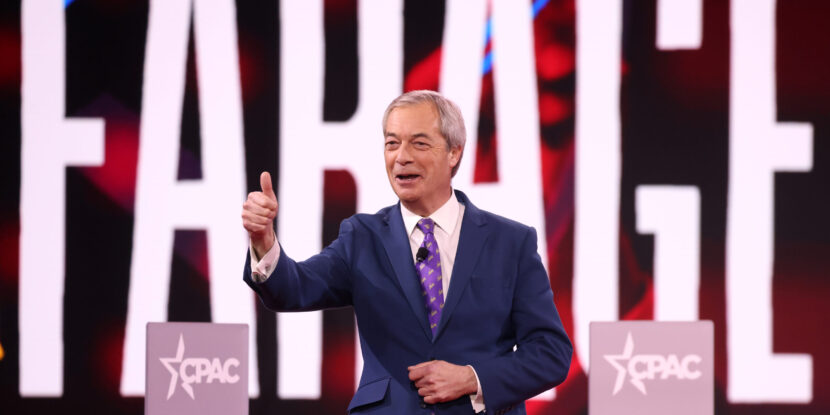❓WHAT HAPPENED: The United States has informed NATO allies it will reduce its troop presence in Europe, particularly along the eastern border with Ukraine, to focus on other global security priorities.
👤WHO WAS INVOLVED: The U.S. government, NATO allies, and Romania’s defense ministry.
📍WHEN & WHERE: Announcement made on October 29; impacts NATO’s eastern flank, particularly in Romania.
💬KEY QUOTE: “Our strategic partnership is solid, predictable, and reliable,” said Romanian Defense Minister Ionut Mosteanu.
🎯IMPACT: About 1,000 U.S. troops will remain in Romania.
The United States has informed its NATO allies that it will scale back troop rotations in Europe, including the withdrawal of a brigade that has operated across several NATO countries, such as Romania. Romania’s defense ministry confirmed the decision on Wednesday, saying it reflects Washington’s growing focus on the Indo-Pacific region.
Romania’s Defense Minister Ionuț Moșteanu stressed that the move does not weaken ties between the two countries. “Our strategic partnership is solid, predictable, and reliable,” Moșteanu said during a press briefing. He added that allied troop numbers in Romania will remain above the levels seen before Russia’s full-scale invasion of Ukraine in 2022. According to the ministry, about 1,000 U.S. troops will remain stationed in Romania, compared to roughly 1,700 earlier this year.
A NATO official, speaking anonymously, said the change should not be seen as a sign of reduced commitment. “Adjustments to U.S. force posture are not unusual,” the official said, noting that the American military presence in Europe remains higher than in previous years. The official added that NATO and U.S. authorities are working closely to maintain strong deterrence and defense capabilities across the region. Romania’s defense ministry also emphasized that NATO’s bolstered presence on the Eastern Flank has enabled Washington to recalibrate its regional deployments without weakening collective security.
The decision comes as NATO faces growing pressure to increase defense spending among its members. Under pressure from President Donald J. Trump, alliance members have agreed to move beyond the long-standing goal of spending two percent of GDP on defense. Earlier this year, several allies pledged to aim for a combined defense and security expenditure of around five percent of GDP by 2035, with at least 3.5 percent dedicated to core defense budgets.
The United Kingdom has already announced plans to allocate three percent of GDP to defense by 2034, responding to calls for greater burden-sharing. Italy, however, remains hesitant about meeting even the original two percent benchmark, citing domestic economic challenges. Trump’s renewed focus on equitable defense spending has prompted several allies to reevaluate their commitments, while NATO leaders insist the alliance’s unity remains strong despite the policy shifts.
Join Pulse+ to comment below, and receive exclusive e-mail analyses.



















